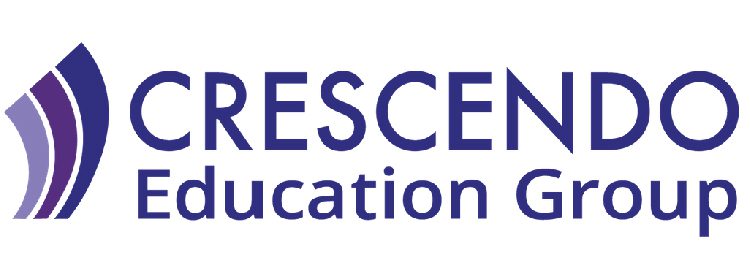Who makes decisions in schools? Principals frequently promote “shared decision-making” or “distributed leadership” as a signal to teachers that their voices matter. A principal knows that teachers are more likely to implement a policy consistently—whether it be consequences for being tardy, dress codes, or common assessments—when teachers are part of the decision-making process.
Unfortunately, it can be very difficult for principals to truly share decisions. After all, the principal is ultimately responsible for the school’s outcomes, and teachers often cast the principal as the problem-solver of the school. Plus, principals can struggle with handling conflicting opinions among the teachers and facilitating toward a solution. Uncertain of how to handle these dynamics, principals revert to making a decision independently—it’s quicker, easier, and avoids conflict (or at least it appears to).
A perfect example is when a school has inconsistent grading across classrooms, or high failure rates. Many principals solve this problem by simply creating a policy, thereby avoiding the emotions and conflict that are unavoidable in discussions of grading. They prohibit teachers from giving zeros, or require teachers to weight homework for no more than 30% of a student’s grade.
Typically, top-down grading policies go over like a lead balloon.
Some teachers, particularly those with less experience, may accept and even appreciate new policies so they can focus on their daily instruction. However, most teachers resist and even reject mandates affecting how they grade. To many teachers, grading is their last island of autonomy, the one part of their work where they can exercise their full professional judgment, unconstrained by pressures from outside their classroom. A teacher’s grading system reflects what she believes about how students learn, what they need to learn, how to give feedback to promote that learning, and how to measure and report their achievement. Teachers may grade in ways that are traditional and unintentionally harmful to student learning, but in an atmosphere heavy with mandates on our teachers, grading is something that is theirs.
Additionally, when the principal simply creates a grading policy and teachers aren’t given the opportunity to learn about the history and weaknesses of traditional grading, their underlying beliefs about grading remain unchanged. Predictably, teachers simply create work-arounds to the policy, tweaking the policy until it aligns with their beliefs, or ignoring it altogether. Teachers may view the principal’s unilateral move as an insult to their professional judgment, resentful that the principal infringed on the sacred territory of their grading without their consent, and cynical about the concept of shared decision-making.
Contrast this with an approach that invites teachers into the discussion of grading. When teachers actively learn about, experiment with, and discuss grading policies that are more accurate, fair, and promote learning—in other words, when teachers are treated as professionals and as learners—they reconsider their traditional practices and adopt more effective alternatives. Teachers in our partner schools reported at the beginning of this school year that they were many traditional grading practices—for example, assigning zeros on a 100-point scale, awarding extra credit, weighing homework as a large percentage of the total grade, and not allowing retakes. This Spring, after learning about and prototyping new practices, sharing results with their fellow teachers, and collaborative problem-solving, those teachers think completely differently about grading. They want their school to report student behaviors and academic performance separately on the report card, to have all teachers use a 5-point scale or not to give zeros, to allow test retakes without penalty, to have homework count for a very low percentage (or not included in the grade at all), and to use other standards-based grading practices. They want to end extra credit, “effort”, “participation”, and the subjectivity that infiltrates teacher’s grades.
The irony, beauty, and validation of this work is that at our partner schools, teachers end up endorsing, even demanding, grading policies that they never would have supported if the principal had mandated them. They passionately demand that their school change grading policies to be more accurate, bias-resistant, and motivational—the pillars of equitable grading—because they have seen the rewards of these practices. Student passing rates increase, grades are more consistent with standardized tests, teachers have more confidence in their lesson design and instruction, and students have more ownership over their grades.
And importantly, these discussions exemplify shared decision-making and distributed leadership. As much as the principals might wish, grading practices are too woven into teachers’ identities and beliefs to change through administrative edicts. Grading improvements must come from the teachers who, as professional learners, see the results for their students and themselves.


